The goal of Dr. Bernstein's book, The Diabetes Solution, is to achieve normal (non-diabetic) blood glucose levels.
There is no reason that we have to be content with the rollercoaster of high to low (and back to high) numbers every day, which are creating untold damage to every cell in our bodies.
We, as diabetics, deserve NORMAL blood glucose levels, the same as non-diabetics.
The primary diabetes management concept Dr. Bernstein recommends to achieve normal blood glucose numbers is "The Law of Small Numbers."
This concept is so unbelievably simple and straightforward that it's silly no one taught us when we were first diagnosed.
Dr. B explains it like this:
"Big inputs make big mistakes; small inputs make small mistakes.” Dr. Bernstein's Diabetes Solution (p. 108)
The key is to eat foods that will affect your blood sugar in a very small, slow way. Small inputs, small mistakes. Dr. Bernstein's Diabetes Solution (p. 110)
If you only eat small amounts of carbohydrates and inject small amounts of insulin, you only have to make small corrections.
It's revolutionary.
This LAW OF SMALL NUMBERS makes sense because large doses of insulin are inaccurate, inconsistently absorbed and create ghastly swings in your blood glucose levels -- no matter how accurate you believe your food and insulin calculations.
Expanding on this issue of absorption,
Dr. Bernstein also recommends splitting larger doses of insulin into 2-3 locations around the body to increase the absorption rate. No more than 7 units (of fast or slow-acting insulin) per injection site, because the larger the dose, the larger chance it can pool under the skin, creating delayed absorption, AND the greater attack of your own immune system, seeing it as a foreign invader and rendering the injected insulin less effective.
And combining inconsistent absorption with problem with food estimation:
To paraphrase and expand on Dr. Bernstein's example:
Say you ate a large bowl of pasta that you estimated to contain 84 grams of carbohydrates (which was the former recommendation by the ADA per meal, recently revised down to 45-60 grams of carbs per meal).
What you don't know is that the label on the pasta box can have a margin of error of 20% (a difference of 17g of carbs for this serving size), so you really have a pasta dinner containing approximately 100g of carbs.
You then inject all 20 u of insulin that you've calculated based on the original 85 grams of carbohydrates that YOU THINK YOU'RE EATING to the same location in your stomach (which has a 29% variability, based on a study by the Univ of MN).
By now, your insulin calculations are already off by 20%, because of the extra carbs, and you're adding another 29% variability based on the large insulin dosage. Solely based on the 20 units of fast-acting insulin, you have a 240 mg/dL blood sugar uncertainty, PLUS the variable of the additional carbohydrates from the inaccurate food label.
Then you use your blood glucose meter to test your post-meal (postprandial) blood glucose, and discover your level is 400+ mg/dL and you have no idea what happened.
This is a dramatic example, but it's all too familiar for those of us with type 1 diabetes.
If you remove high carb foods, large amounts of insulin, and the guesswork and uncertainty that these wild cards create, the rollercoaster ride is over.
The results are much more consistent blood glucose numbers.
If you are following Dr. Bernstein's Law of Small Numbers and you had a miscalculation of carbs or insulin dosage, because you're eating only small amounts of carbohydrates, your result might only be a blood glucose reading of 120-140 mg/dL, instead of 400 mg/dL.
Small inputs, small mistakes, small corrections needed.
In our next posts, we'll be discussing:
What your target blood glucose number should be
How many carbohydrates to eat per day and why
How to eat low-carb on a budget
For a personal example of a day's worth of food, see "What I Eat" and "Metrics For A Week". For frequent food examples and other daily news and low-carb information, join our Facebook page: diaVergeDiabetes
Information at diaVerge.com is intended as a guide only and in no way is a replacement for reading Dr. Bernstein's incredibly detailed book and receiving regular medical care.
To purchase Dr. B's book, please consider using our Amazon affiliate link, below. It doesn't cost you anything additional, and we receive a small portion of the sale price to help support our writing. Thanks!










Observations of a decade of low carb for T1D management. Has it been worth it? What are the regrets? And what has changed in that time.